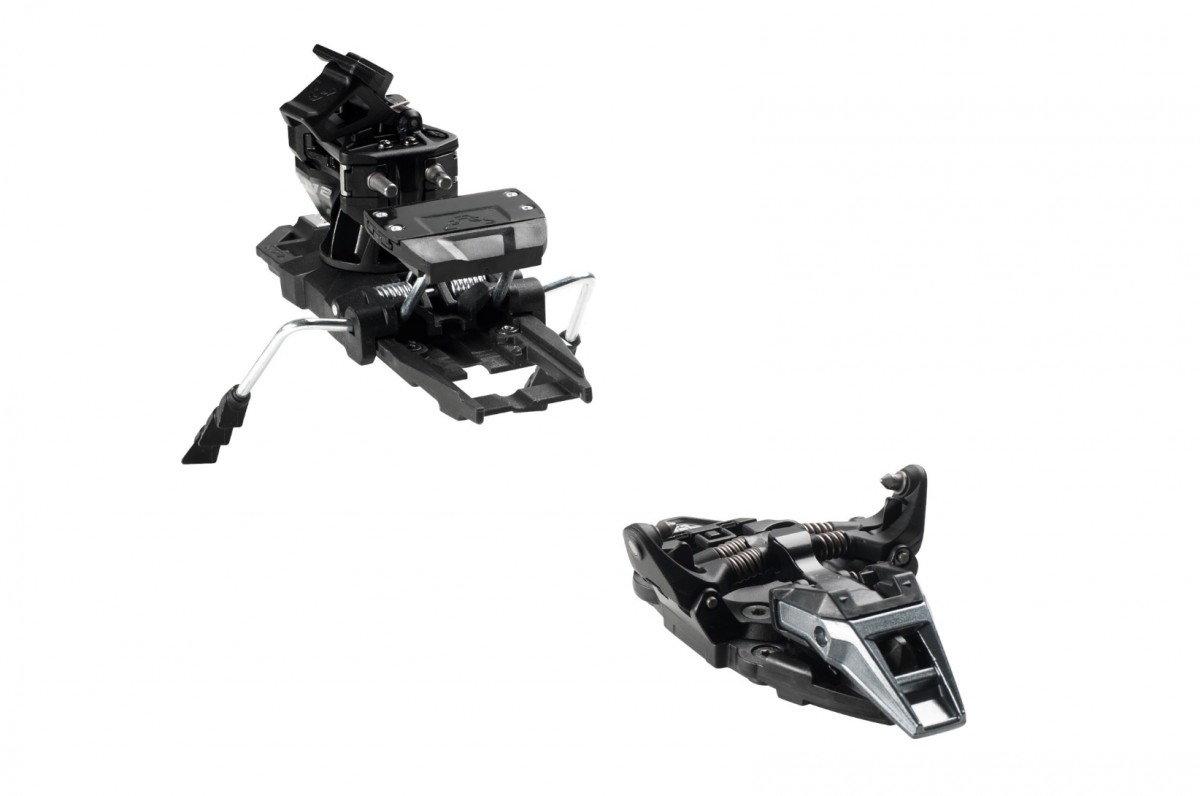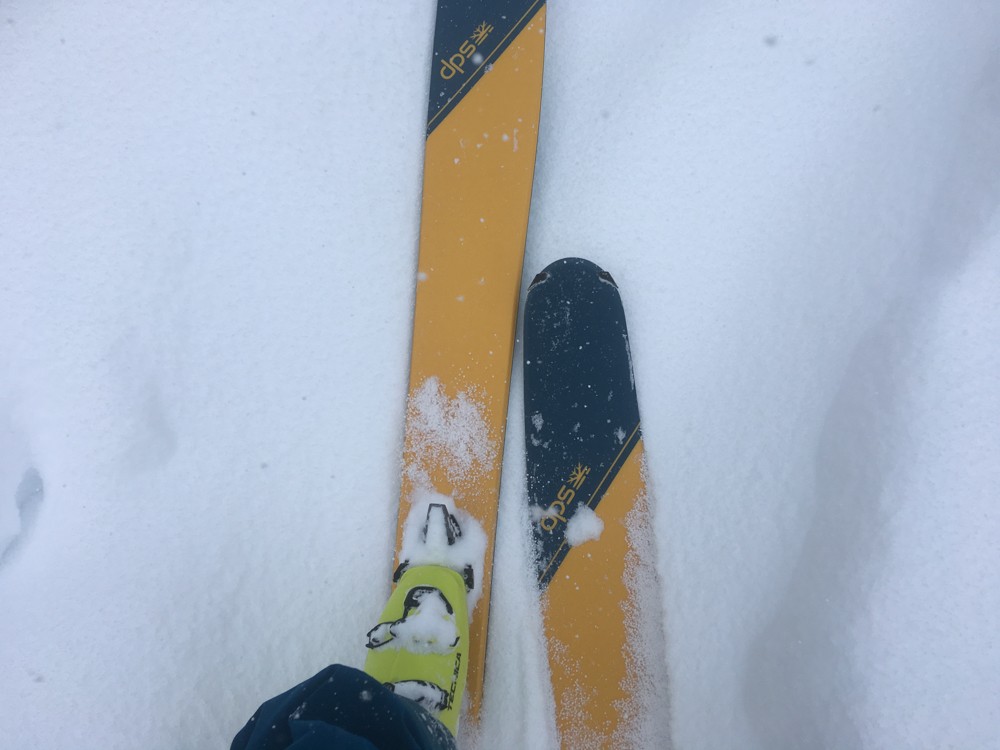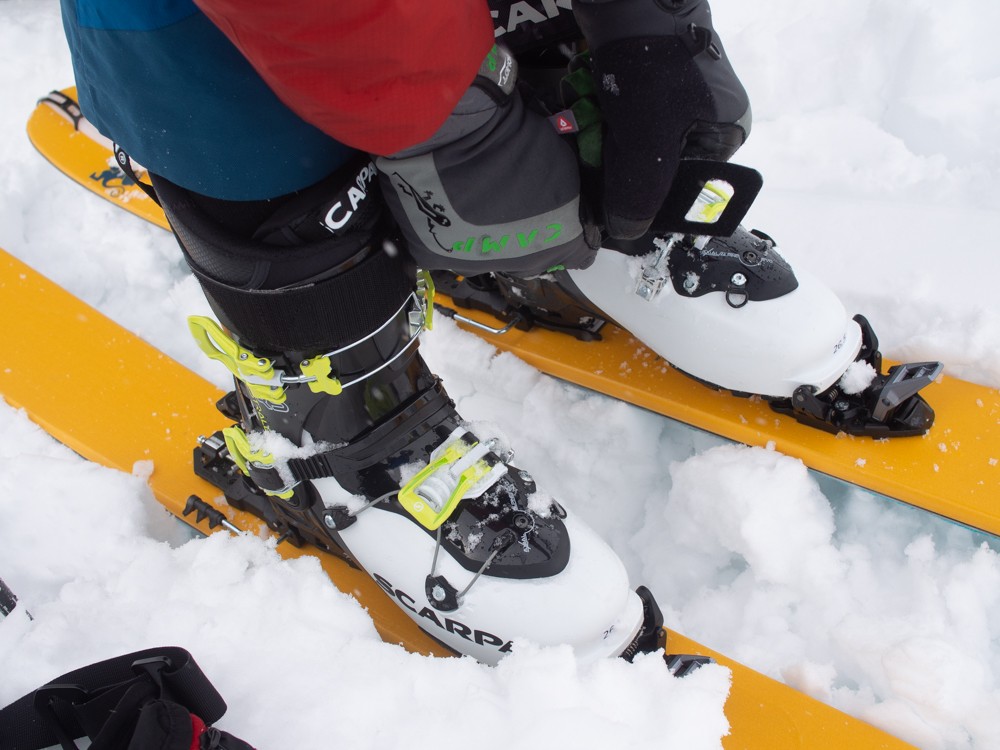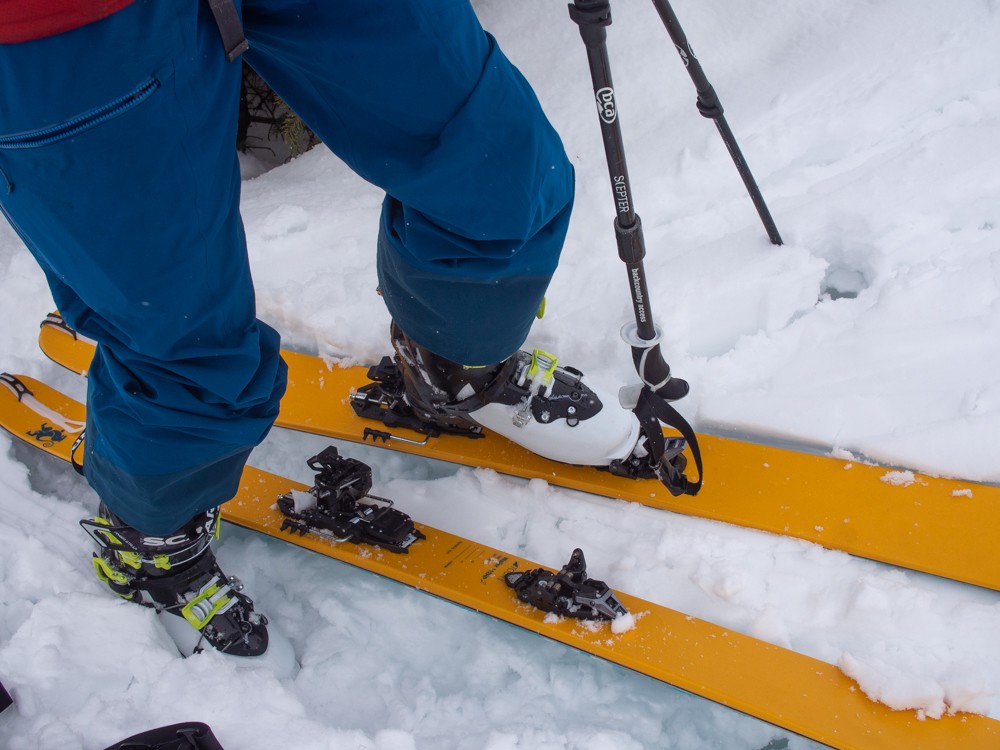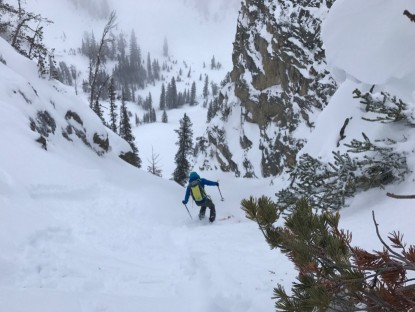Dynafit ST Rotation 12 Review
Our Verdict
Our Analysis and Test Results
Dynafit has proven its place in this market, and this binding includes all their best features. Further, it includes an endorsement from the relatively new and rare, but familiar-sounding, DIN AT certification. We'd argue, though, that the actual market for this product is smaller than you'd guess. It is heavier than other options, and the features included to achieve the certification add more real-world hassle than they do real-world advantages. You will see these bindings on virtually all backcountry ski rental packages. This is because, especially in the US, rental business insurance companies really value the third-party certification endorsement and therefore require that insured rental fleets include certified bindings.
The ST Rotation 2.0 is, in many ways, Dynafit's "flagship" AT binding. This company has been at it for decades, continuously refining and innovating along the way. They've stacked the ST Rotation 2.0 with all their latest technology, which gives it neat attributes and pretty good downhill performance but makes it pretty darn heavy relative to the latest and greatest from other companies. The Dynafit ST Rotation is familiar, comfortable, and features the latest certification for a "tech" style touring binding, but it is just too heavy for day-to-day use and for primary backcountry skiing applications. Because of its ubiquity and plethora of features, new backcountry skiers will be tempted to go in this direction. The Rotation ST 2.0 may very well be your best choice, but it might not. We implore you to consider all your options and shop carefully to get bindings that only enhance your experience.
Performance Comparison
Touring Performance
When we look at touring performance, we consider a binding's heel risers, propensity for icing, and pivot range of motion. The Dynafit Rotation has excellent heel risers; the three levels are relatively far apart, uniform in their height differences, and it is easy to adjust between the three levels provided. Similarly, the pivot range of motion is great. Given the shape of the toe piece, you can employ more range of motion at your toe than the rest of your joints require. This is good.
It is in terms of icing that the Rotation ST 2.0 suffers. The abundance of moving parts and relatively large components collect soft and warming snow pretty significantly. Every single binding on the market collects snow and ice in the worst conditions. Small, simple bindings collect less, to begin with, and shed it more readily. Bulkier and more complicated bindings inherently collect more snow and ice. The Radical is relatively large, though some are certainly bigger and more complicated. All the moving parts leave plenty of surface area to gather and hold ice and snow.
Downhill Performance
Touring binding downhill performance is evaluated along a graduated continuum. Some users, primarily those with the most backcountry ski experience, only care that the binding holds the ski to their foot. They might like it if it lets go under the greatest duress. Skiers coming from high-end resort skiing backgrounds will have more discerning tastes, at least initially.
In terms of binding "feel", the ST Rotation is better than many touring bindings. The pivoting toe piece and heel piece "forward pressure" combine to somewhat simulate resort binding elasticity. These attributes, the same ones that make the ST Rotation relatively heavy and bulky, allow your boot to deflect some without fully releasing from the binding. Next, thanks to third-party certification, we can have at least greater confidence in the release characteristics of the Rotation ST. The "DIN" organization has created a special touring binding certification rubric, and the Rotation ST earns this new credential. It is different and holds to a lower standard than the regular alpine skiing DIN certification, but it is better than nothing to many skiers. If you really want (or need) an external stamp of approval on your AT ski bindings, the Rotation ST 2.0 earns a spot on a relatively short list.
Ease of Use
The Rotation 2.0 has ease of use pros and cons. First, let us look at stepping in. All tech bindings require a learning curve to step into. The guides on our test team can confirm that, for beginners, the Dynafit ST Rotation 2.0 is one of the hardest bindings to learn how to step into. As with all tech-style bindings, you have to line up the pins on either side of your toe before applying pressure. Further, with only the Rotation binding, to either lock the toe piece for uphill travel or to step into the heel for downhill travel, you have to center your heel.
It's like standing on an ice cube at the ball of your foot while trying to precisely push in a thumbtack with your heel; not easy. There are some tricks we have learned (start with: while locking the toe, pull up lightly on the lever while twisting your heel side to side. You'll learn to feel "center" at the toe lever and snap it up right then. To step in at the heel, lock the toe first, step down to the rear, and then unlock the toe to ski down), but all involve moves and coordination that are unnecessary with other bindings.
Aside from the difficulties in stepping in, the Rotation ST 2.0 is pretty easy to use. Transitions are clear and straightforward, though the brakes require care and a step or two. Adjusting for length and release value employs commonly available tools. Length adjustment is made using the "touch" method, requiring no spacer or measuring device.
Weight
The new Rotation 2.0 weighs 615grams per foot. As compared to resort bindings, the Rotation ST 2.0 is dang light and minimalist, especially in appearance. When a new BC skier is shopping, it will be easy to see these widely available bindings and their weight savings compared to what you are already using. However, look more closely, and you will see that there are dozens of fully functional and perfectly acceptable bindings that weigh a fraction of what the Rotation ST 2.0 weighs.
The main counterpoint to this, as it pertains to weight, is that the Dynafit Rotation ST 2.0 is the lightest binding we know of that holds the DIN touring binding certification. If you absolutely must have that certification (rental equipment providers are often required, by their insurance company, to stock certified equipment), the Dynafit is your lightest choice.
Durability
Dynafit bindings have been leading the AT binding industry for decades now. Our lead tester has used Dynafit brand tech bindings for many millions of vertical feet of human-powered skiing since 2005. The ST Rotation 2.0 taps this same pedigree, employing certain proven technologies and materials. The latest innovations included, like the rotating toe plate, DIN certification, heelflip lifters, and heel piece forward pressure, have been available from Dynafit now for a few seasons. In our testing and our wide and deep survey of the whole business, we have found no notable durability concerns. All tech bindings break and wear out, but the Dynafit ST Rotation isn't anything special in this regard.
Value
The Dynafit ST Rotation isn't inexpensive, and you pay for all the innovation and features. You can give up just a couple of the less necessary attributes and save hundreds of dollars. You pay for the marginal performance and safety bumps with dollars and in grams of weight.
Conclusion
These bindings are highly recommended for anyone that absolutely requires DIN certification but also values light weight. By those criteria, the Dynafit ST Rotation 2.0 is in rare company. We'd argue, though, that few customers fit this exact description. Many will end up in this binding due to familiarity and availability. In that case, they work just fine, and you will learn which attributes you absolutely cannot live without in your next bindings.


